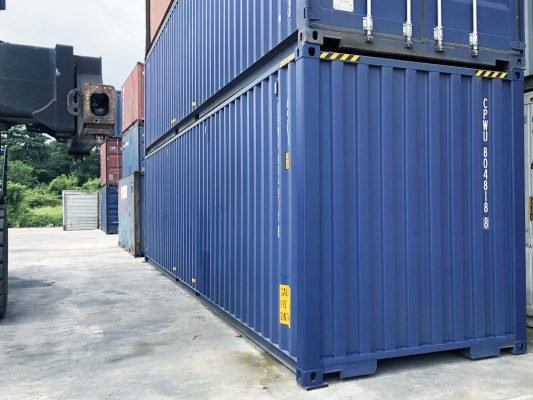
Shipping container homes are becoming increasingly popular as a sustainable and cost-effective alternative to traditional housing. These innovative structures offer unique design possibilities, flexibility, and eco-friendliness. However, before embarking on your journey to build a shipping container home, it’s crucial to navigate the complex web of regulations that govern their construction and placement. Understanding these regulations will not only ensure compliance but also help you avoid potential headaches down the road.
Understanding Zoning Laws
The first step in the regulatory landscape is to familiarize yourself with local zoning laws. Zoning regulations dictate how land can be used within specific areas, including residential, commercial, and agricultural zones. Shipping container homes may not be permitted in certain zones or might require special permits to be classified as a residence.
To begin, check with your local zoning office or planning department. They can provide information on whether shipping container homes are allowed in your desired location and any specific requirements you must meet. Additionally, some areas may have restrictions on the number of containers you can use, their height, and the overall aesthetic.
Building Codes and Permits
Once you’ve confirmed that zoning regulations allow for shipping container homes, the next step is to understand building codes. Building codes are a set of standards that ensure safety, structural integrity, and livability. These codes can vary significantly from one jurisdiction to another, so it’s essential to consult your local building department.
Common aspects covered by building codes include:
- Structural Requirements: Shipping containers must be modified to meet structural integrity standards. This may involve reinforcing the container, adding insulation, and ensuring proper ventilation.
- Electrical and Plumbing Systems: If your container home will have plumbing and electrical systems, these must meet local codes. Hiring a licensed electrician and plumber is often required to ensure compliance.
- Energy Efficiency Standards: Many jurisdictions have energy efficiency regulations that your shipping container home must meet. This may include requirements for insulation, window placement, and energy-efficient appliances.
To legally build your shipping container home, you will likely need to apply for various permits, including a building permit, electrical permit, and plumbing permit. Each permit comes with its own set of requirements and fees, so be prepared for this aspect of the process.
Safety and Environmental Considerations
In addition to zoning laws and building codes, it’s essential to consider safety and environmental regulations. Shipping container homes can have unique safety challenges, such as ensuring fire safety and proper egress (the ability to exit in an emergency).
Most local jurisdictions require compliance with fire safety codes, which may include installing fire-resistant materials and ensuring adequate distance between structures. Additionally, consider any environmental regulations that might affect your building process, such as restrictions on land clearing, drainage systems, and waste management.
Neighborhood Associations and Community Guidelines
If you’re planning to place your shipping container home in a community governed by a homeowners association (HOA) or a neighborhood association, check their guidelines before proceeding. Some communities have strict design standards that could impact your shipping container home’s appearance and placement.
Engaging with your neighbors and the community can also be beneficial. Many people are open to the idea of container homes, but addressing concerns about aesthetics, noise, or property values can help foster a positive relationship with those around you.
Insurance and Financing
Lastly, consider the insurance and financing aspects of building a shipping container home. Some traditional lenders may be hesitant to finance non-traditional homes, so researching alternative financing options, such as personal loans or specialty lenders familiar with container homes, is essential.
Additionally, obtaining insurance for your shipping container home may be more complicated than for a traditional home. Speak with your insurance provider to understand the coverage options available and any specific requirements they may have.
Conclusion
Building a shipping container home can be an exciting and rewarding endeavor, but navigating the regulations is crucial for a successful project. By understanding zoning laws, building codes, safety considerations, and community guidelines, you can lay a solid foundation for your container home journey. Take the time to research and consult local authorities, and you’ll be well-equipped to create a unique and compliant living space that meets your needs. Embrace the challenge, and you’ll be on your way to enjoying the many benefits of shipping container living.

